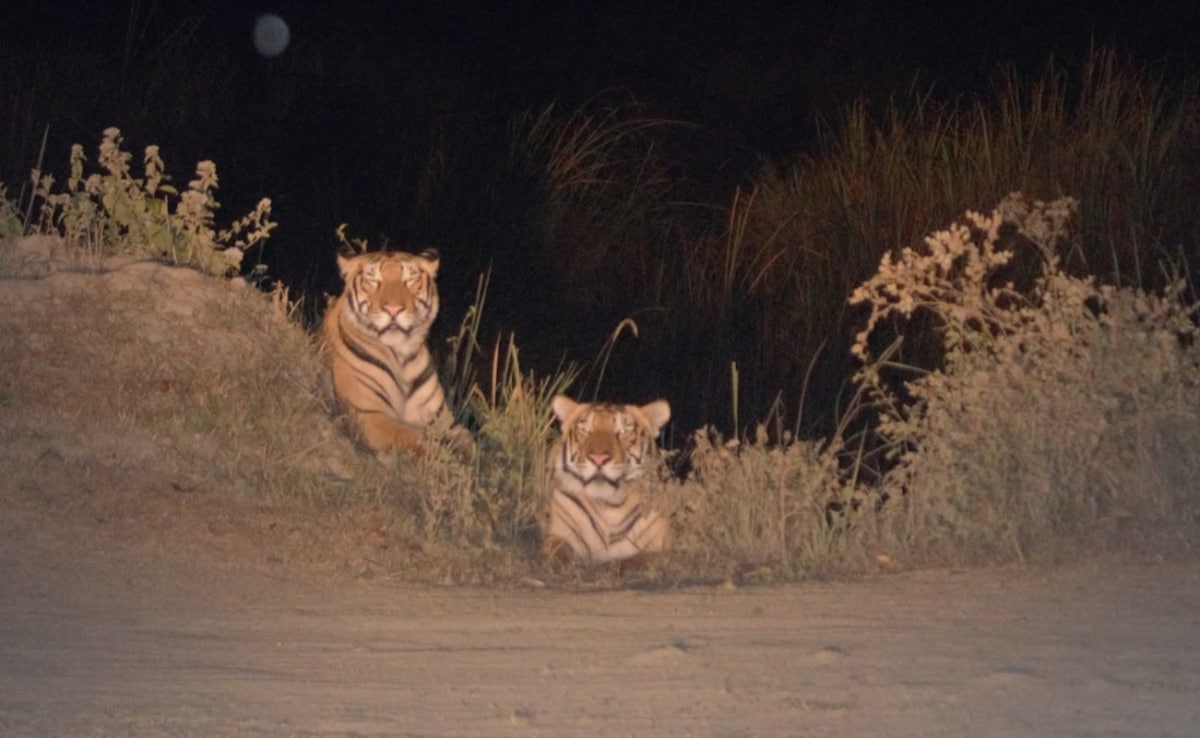
- Kaziranga National Park recorded 148 tigers in 2024 with a density of 18.65 tigers per 100 sq km
- A total of 293 camera traps were used over 1,307 sq km, capturing 4,011 tiger images
- Survey lasted 103 days under NTCA Phase IV protocols, identifying 83 females and 55 males
Assam's Kaziranga National Park and Tiger Reserve (KNPTR), renowned worldwide as the iconic home of the one-horned rhinoceros, has now added another remarkable feat to its name, a thriving tiger population. It now ranks third in the world for highest tiger density.
The KNPTR has recorded 148 tigers in 2024 with an impressive density of 18.65 tigers per 100 sq km.

Photo Credit: KNPTR
Another noteworthy news is the addition of 27 tigers from the recently included Biswanath Wildlife Division.
"This growth is particularly notable due to the first-time sampling of the Biswanath Wildlife Division, where 27 recorded tigers have contributed to the overall increase. In the core Eastern Assam Wildlife Division, the population grew from 104 in 2022 to 115 in 2024, while the Nagaon Wildlife Division maintained a stable count of 6 tigers," the KNPTR Director said.
293 camera traps were deployed across the reserve's 1,307 sq km landscape during the tiger count survey which was conducted under Phase IV monitoring protocols of the National Tiger Conservation Authority (NTCA), said park officials.
The survey lasted for over 103 days. It yielded around 1.3 million photographs, including 4,011 tiger images, enabling scientists to identify 148 adult tigers - 83 females, 55 males, and 10 of undetermined gender.
Officials attribute the success to strict anti-poaching measures, habitat restoration, and community-driven conservation programs.
"Kaziranga's growing tiger numbers reaffirm the impact of sustained protection and collaborative conservation. The challenge now is to secure corridors and buffer zones against anthropogenic pressures," said Dr Sonali Ghosh, director of KNPTR in a press release.
Track Latest News Live on NDTV.com and get news updates from India and around the world

